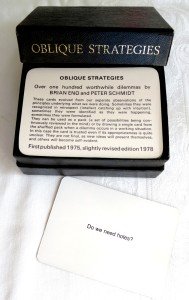We Have Met The Enemy and He is Us (Walt Kelly)
Many organizations do not recognize that they have an innovation problem.
Last year I attended an industry-sponsored event that included a dinner with “thought leaders” on the subject of innovation.
The event started predictably enough with statements such as, “our only problem is finding enough good people”, or “we have so many ideas, the problem is sorting through them.”
After several bottles of wine, the comments became more candid:
- “Our management only allows us to innovate by modifying packaging, color or size of our existing product line.”
- “How do we even start?”
- “Where do you find decent ideas?”
- “There are no good new product people anymore.”
One confided – “We lost a major opportunity simply because we could not figure out how to get a sample roll through the SAP system.”
There is a revolution taking place in innovation and product development, but many companies are wedded to the old way of doing things. Like the dinosaur, they will face extinction unless they learn how to innovate quicker at lower costs and shorter time to market.

